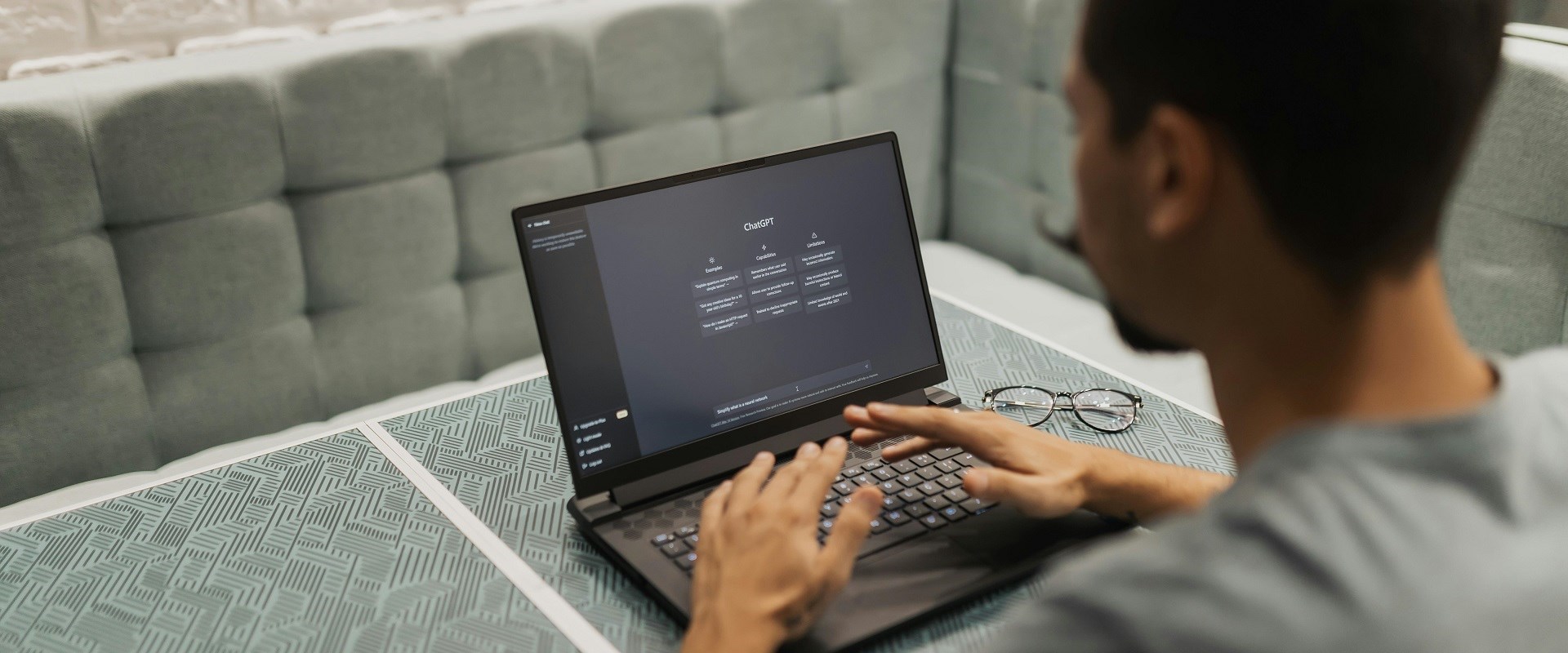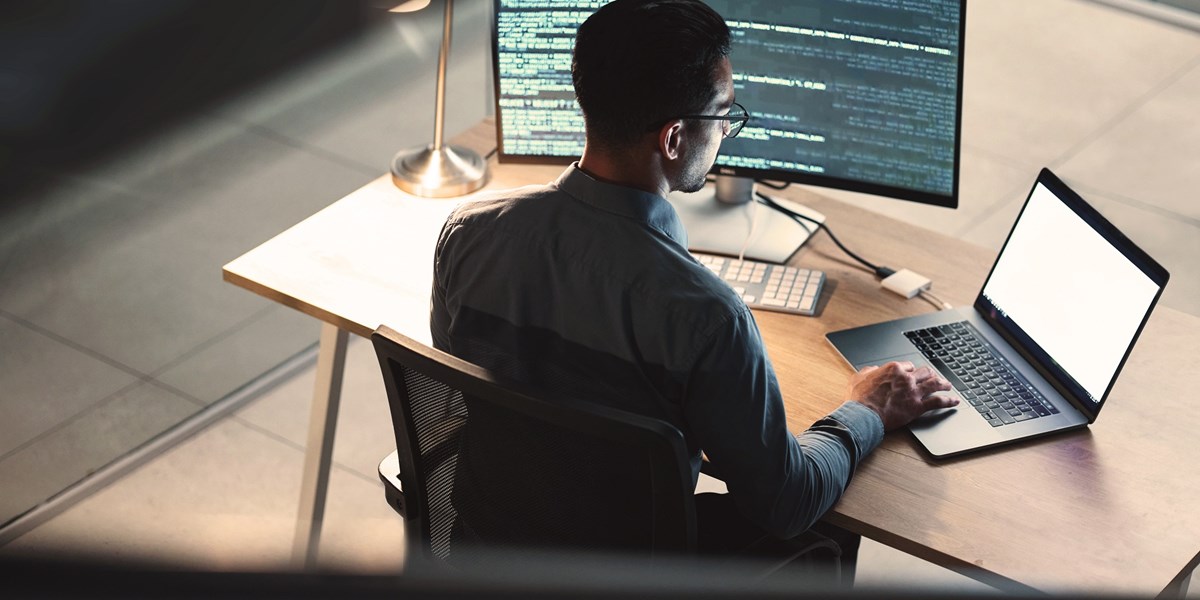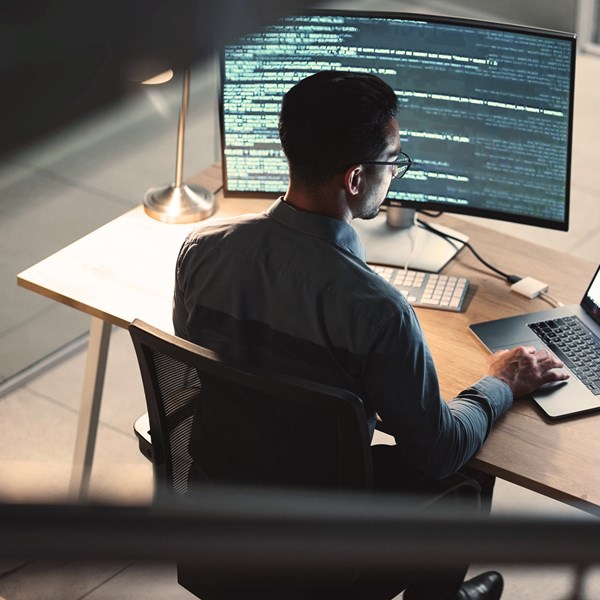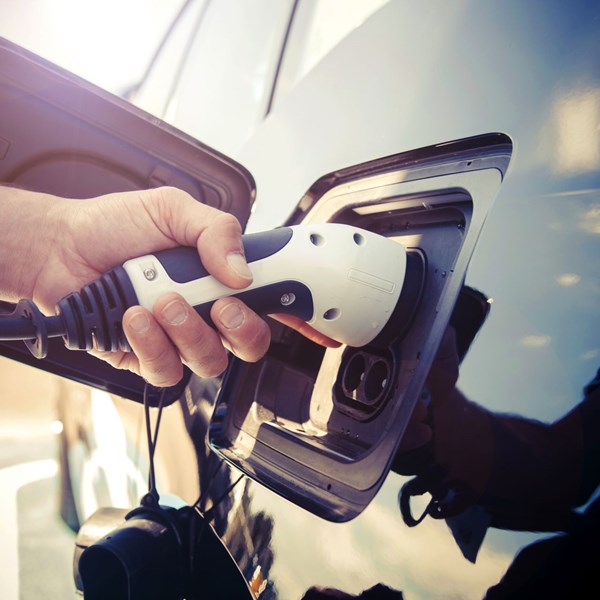Businesses are continuing to find new ways to take advantage of AI. Large language models such as ChatGPT can be used to edit marketing copy, write computer code, generate images, and automate workflows. The recent ruling of a US federal court that AI-generated art cannot be copyrighted was therefore met with quite substantial consternation. Innovators want to use AI, but they are worried about protecting their creations and works.
In this article, we want to briefly address how copyright relates to AI-generated work in the US and the UK. We will then discuss how ownership of the copyright in an AI-generated work is likely to be determined.
OWNERSHIP AND AUTHORSHIP
While certain provisions of copyright law have been harmonised by international treaties, the specifics of copyright law are defined by the national laws of individual countries.
One fairly consistent principle is that by default, the author of a work is the first owner of the copyright in that work and is entitled to its legal protections. The first owner can subsequently sell, license, or enforce these rights, but in order to do so they may need to establish that they are (or in some cases, employ) the author.
THALER'S CREATIVITY MACHINE AND US COPYRIGHT LAW
The US allows copyright to be registered at a central Copyright Office. A dispute arose from the US Copyright’s refusal to register the image below as a copyrighted work:
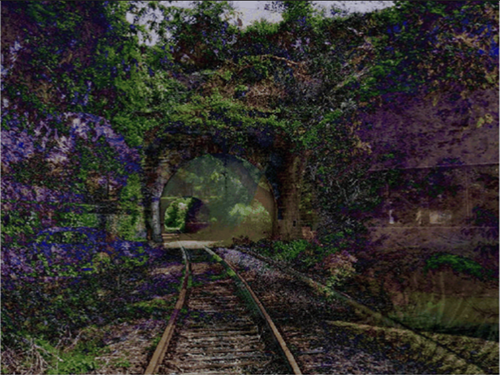
This image was generated using an AI-based system called the “Creativity Machine”, which has been developed by Dr. Stephen Thaler. Dr. Thaler attempted to register an image outputted by the Creativity Machine (shown below) with the US Copyright Office. Crucially, his application identified the AI as the sole author of the work, rather than himself or any other individual.
On appeal, a US federal court upheld the Copyright Office’s refusal to register the copyright. In the decision, the judge explained that the US Copyright Act of 1976 states copyright protection attaches “immediately” upon the creation of “original works of authorship fixed in any tangible medium of expression”. The Court went on to explain that in the US, “authorship” is synonymous with human creation. Hence, a work could not be registered for copyright without a human author.
UK COPYRIGHT LAW
Unlike the US and many other countries, UK Copyright law has an explicit provision for computer-generated works. The UK Copyright Designs and Patents Act 1988 states that:
- A computer-generated work is “a work generated by computer in circumstances such that there is no human author of the work (S178)”.
- “In the case of a literary, dramatic, musical or artistic work which is computer-generated, the author shall be taken to be the person by whom the arrangements necessary for the creation of the work are undertaken (S9)”
In other words, the Act recognises that computer-generated works may not have an author in the conventional sense. In such cases, the Act designates the person who made the “necessary arrangements” as the author of the work. While remarkably forward-thinking for the 1980s, the Act could not anticipate contemporary AI models except in the broadest sense.
While it’s clear that computer-generated works can enjoy copyright protection in the UK, the question then shifts to authorship. The key question for AI-generated work is therefore: who is the person who made the “arrangements necessary for the creation of the work?”. Unfortunately, this is very much an evolving area of law! As far as I am aware, no UK statute or court has yet set out a definitive answer.
A PRACTICAL EXAMPLE
To see how copyright authorship might apply to an AI-generated work, take the image below:
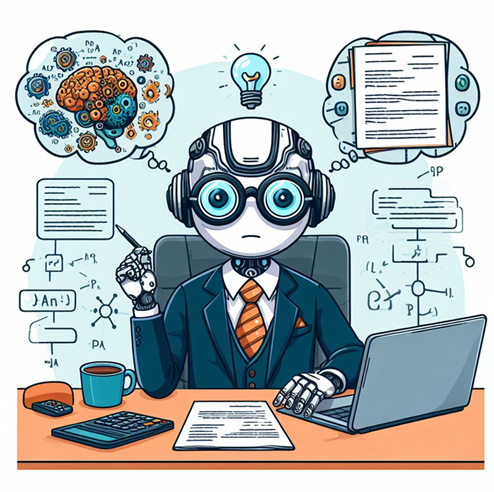
I created this image using Microsoft’s Bing Image Generator (which itself runs a version of OpenAI’s DALL-E model), by the following steps:
- Entering the initial prompt “An AI patent attorney”, causing the generator to return a first set of images.
- Tweaking the prompt to “An AI patent attorney, cartoon” - the first set of images were a little too “uncanny valley”. The image generator then returned an updated second set of images.
- Selecting the image from the updated set of images I liked best.
Although a court has yet to issue a definitive test, it is likely that the following factors would be relevant in determining authorship:
Ownership/authorship of the AI:
If I had made the entire AI system from scratch, and it was running on my own personal server, then the question of authorship would be much simpler. In this case, all I did was make the prompt, while the far more complex task of inventing, coding, and training the AI was carried out by Microsoft and OpenAI. A strict interpretation of UK law might say that the employees of these companies made the “arrangements necessary for the creation of the work”, meaning they are the authors rather than me.
Originality:
Copyright will only subsist in an original graphic artistic work. The bar for originality is fairly low (there is no need for the work to have any usefulness or artistic merit, for example), but the work must at least exhibit the “author’s own intellectual creation”. What does this mean in the context of AI?
In this case, the image appears to be unique - I entered the same prompt a few weeks later and got completely different results (this is likely because DALL-E incorporates an element of randomness). While I specified what kind of image I wanted from a prompt, I did not exert control over any specific details of the image or even its general layout. Is this sufficient for me to claim the work as my own intellectual creation?
Prompt complexity:
In the UK, it is understood that a person must exert more than a “trivial amount of skill and labour” in the creation of the work to be considered an author. What this means in the context of prompt-based LLMs is not yet clear.
At one end, a skilled prompt engineer, narrating a complex prompt and then iteratively tweaking it to arrive at the final work, is likely to exceed the “skill and labour” threshold. At the other end, the simplest prompts asking an LLM to "write a book" or "show a picture" may not be sufficient. My prompt falls somewhere in the middle of these extremes. My prompt itself is not particularly long or complex, but I did exert at least some personal preference by tweaking the prompt and selecting my favourite result. The question is, have I really exerted any meaningful influence over the form and content of the output?
CONCLUSIONS
As AI, and particularly prompt-based LLM systems, become more common in industry, these questions will only become more pertinent. It is likely that eventually, a UK court will have to address the issue and set out a clear test, or perhaps policymakers will enact more comprehensive legislation governing AI authorship. Until then, if you have questions about protecting your AI or its output, we recommend getting in touch with our team.
